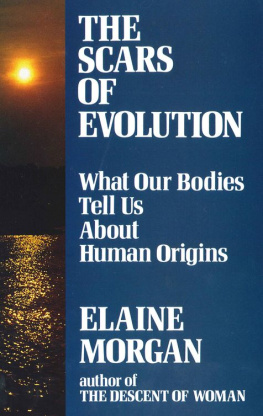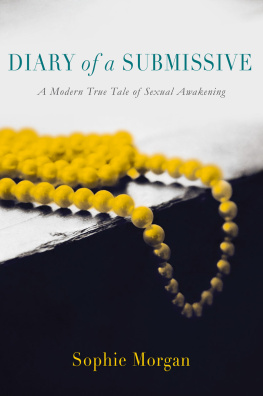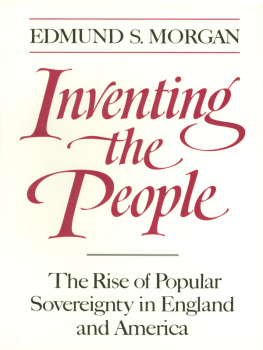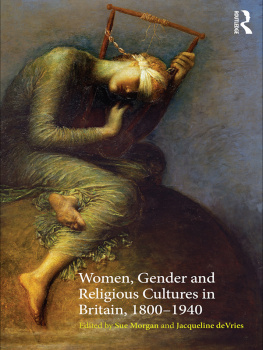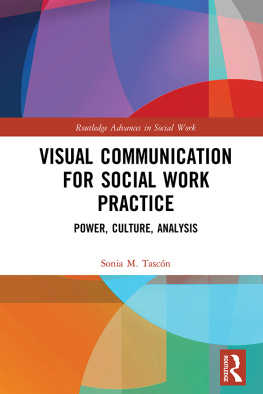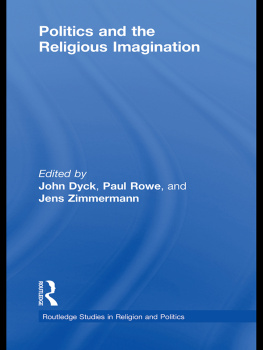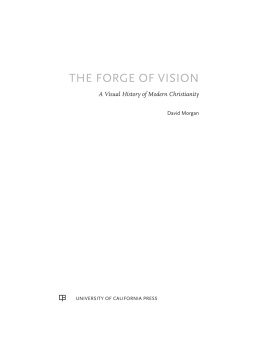THE EMBODIED EYE
The publisher gratefully acknowledges the generous support of the Art Endowment Fund of the University of California Press Foundation.
THE EMBODIED EYE
RELIGIOUS VISUAL CULTURE
AND THE SOCIAL LIFE OF FEELING
David Morgan

University of California Press, one of the most distinguished university presses in the United States, enriches lives around the world by advancing scholarship in the humanities, social sciences, and natural sciences. Its activities are supported by the UC Press Foundation and by philanthropic contributions from individuals and institutions. For more information, visit www.ucpress.edu .
University of California Press
Berkeley and Los Angeles, California
University of California Press, Ltd.
London, England
2012 by The Regents of the University of California
Library of Congress Cataloging-in-Publication Data
Morgan, David, 1957.
The embodied eye : religious visual culture and the social life of feeling / David Morgan.
p. cm.
Includes bibliographical references and index.
ISBN 978-0-520-27222-4 (cloth : alk. paper)
ISBN 978-0-520-27223-1 (pbk. : alk. paper)
1. VisionReligious aspects. 2. Senses and sensationReligious aspects. 3. Experience (Religion). 4. Psychology, Religious. 5. Art and religion. I. Title.
BL53.M66 2012
204'.2019dc23
2011022765
Manufactured in the United States of America
21 20 19 18 17 16 15 14 13 12
10 9 8 7 6 5 4 3 2 1
In keeping with a commitment to support environmentally responsible and sustainable printing practices, UC Press has printed this book on Rolland Enviro100, a 100% post-consumer fiber paper that is FSC certified, deinked, processed chlorine-free, and manufactured with renewable biogas energy. It is acid-free and EcoLogo certified.
To my father, who taught me not to rest where contentment bids,
and to my mother, who would have preferred it, but never complained.
CONTENTS
ILLUSTRATIONS
PREFACE
This book is an extended argument for materializing the study of religions. It seeks to establish its claim by focusing on seeing as embodied practices of engaging what it refers to as the sacred. Sacred moments, sacred things, sacred relations, sacred bodies, sacred persons. But what is the meaning of this word and how shall we understand its relationship to things and feelings and bodies and seeing? I spend most of the time exploring how seeing performs religious action, or one might say how seeing constructs or enacts a situation called sacred. But can we agree on a single definition of sacred or religion, one that will reasonably apply to the considerable diversity of religions in human history? The problem with a universal definition of religion is that, as Talal Asad contended, it tends inexorably to lift any religion out of its historical situation: actor X performed this ritual because it is human nature to do so and humans everywhere will evince this activity. But deterministic historicism is no better: actor X performed this ritual only because of the circumstances that led to that moment such that he or she could not have done otherwise.
The fact that human beings exhibit a remarkable genetic and biological uniformity means that it should not be surprising to find societies over great stretches of time and distance manifesting behavior that might be reasonably said to represent a recurrent set of concerns designated by the term religion. The designation is not based on content, but on a description of behavior. Ritual practice, priesthood, communities organized about cultic celebration and commemoration, individuals and communities deploying objects in commerce with nonphysical or superphysical powers to achieve desirable effects,
A number of recent studies have criticized religion scholars for their disciplines tradition of defining the word religion in a number of ways that project all manner of cultural hierarchies, ideological prejudices, and suppressed theology.
But the problem with nomenclature persists. Smith once pointed out that the Sacred did not exist in the study of religion until Durkheim.a term like that gets deployed on the shelves of popular bookstores, theres no putting the genie back in the bottle. But perhaps we can agree here, in the context of an academic book that will never sit on those shelves, that sacred means something more circumscribed.
While later writers transposed his coinage to a substantive definition of religion, Durkheim was less apt to do so. He wrote in The Elementary Forms of Religious Life that Religious forces are in fact only transfigured collective forces, that is, moral forces; they are made of ideas and feelings that the spectacle of society awakens in us, not of sensations that come to us from the physical world. Marx would say reified. Feuerbach or Freud would say projected. But Durkheim did not presume religion was a form of false consciousness. The sacred was straightforwardly the natural result of social processes of contagious feeling generated by and invested in ritual and myth.
Although he was not concerned with material culture, and conveyed little interest in scrutinizing the particular place of objects in ritual, Durkheim did not allow symbols to evaporate. In discussing the power of totems, he recognized the important role of the totemic emblem: By expressing the social unit tangibly, it makes the unit itself more tangible to all. The totemic figure is sacred because it is the body of the power sustaining the person and his society. But this power did not actually exist as a god in his heaven. Mythology has no reality but a pragmatic one as a socially useful fiction. It is the mask through which a society peers back at its members. One wishes Durkheim might have said more about this masking because it would have increased attention to its material form, the images and objects that perform so powerful a function as disguising the groups manipulation of itself.
The transfiguration, hypostatization, or masking of social forces in the figures of religious myth, ritual, and material culture does well to avoid the reductionism of deterministic explanations precisely because the mechanics of sacrality are very elusive. Why an image seems powerful to a person or group of people is something we may never fully explain. But that should not deter the scholar from proposing accounts that trace the history of power over time as it shapes and takes shape in historical events. For me, this task has taken the form of focusing on the visual fields that form relations among social actors. The visual field shifts focus from the symbol, as Asad urged, to a configuration of relations. Certainly Durkheim can be read to have been in sympathy with this way of framing the totemic symbol. Unfortunately, Clifford Geertz obscured the issue with a confusing treatment of symbol in his famous definition of religion, aptly criticized by Asad. In his critique, Asad nicely conveys what I take to be the aim of visual fields, as I treat them in A visual field in any given situation is, at least in part, the instantiation of a history of power relations. The sacred is the experience of seeing or being seen as configured in a particular gaze, which may be understood as a current of feeling that flows among the components of a visual field. The one returning the gaze, the source of the gaze one avoids, the gaze one shares with others, the look one devotes to the saint, a look that expects so much in returnall these visual practices construe relations that are sacred because they embody relations that matter. They are forged in the circumstances of history and deployed in the social theatre where gods find visibility. The result is the sacred.
Next page

